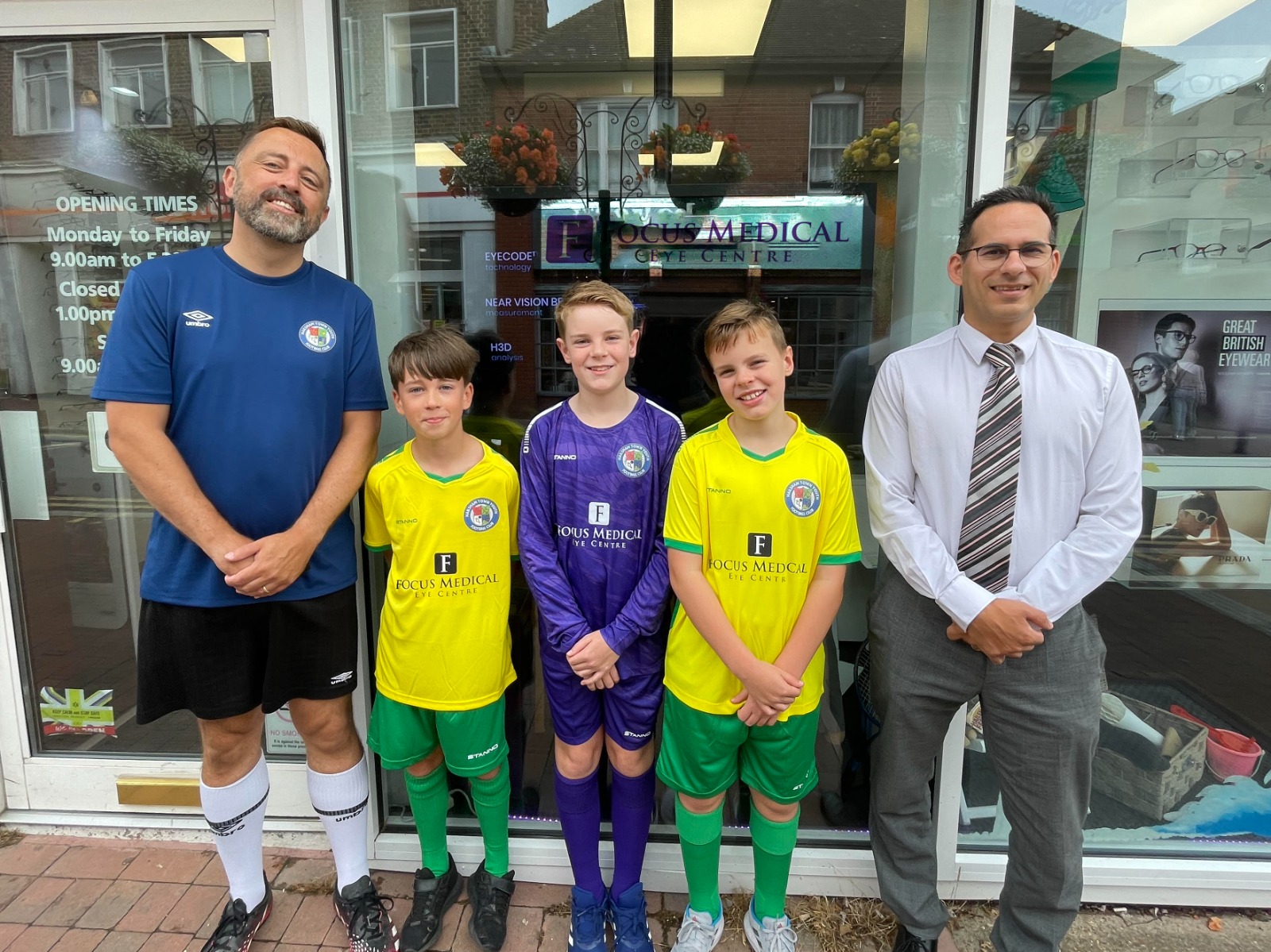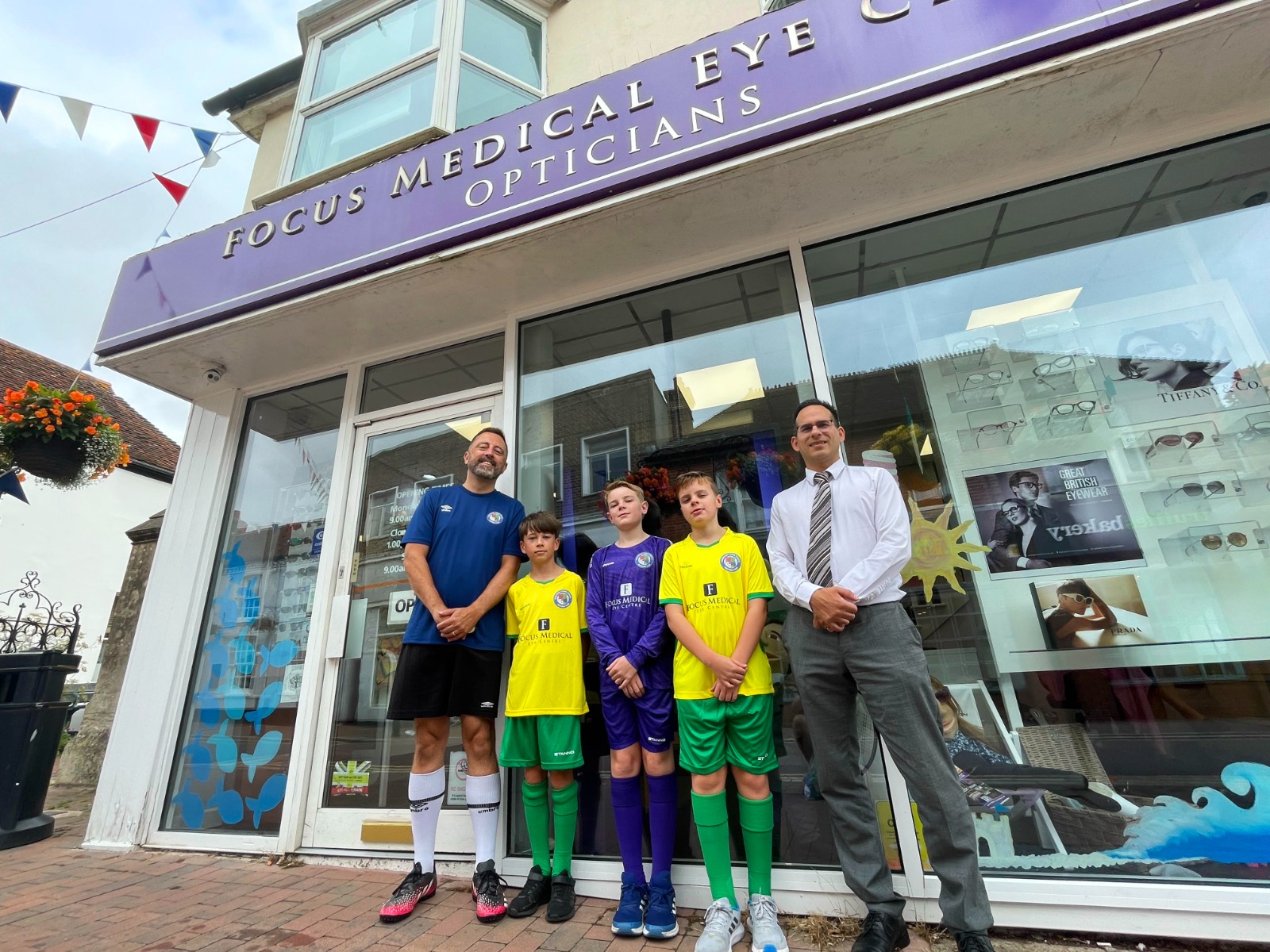As reported in the news recently, a new report reveals growing concerns among drivers about the dangers of being dazzled by bright headlights, potentially leading to more accidents. In an independent survey by the RAC, stats showed that 85% of 2,000 UK drivers reported being partially blinded by intense headlights, with 89% believing some headlights are too bright. This can be attributed to factors such as the SUV vehicle boom and bright LEDs increasing headlight glare. Of those complaining, 91% experienced dazzle in the past year, and 75% regularly face partial blindness. This issue has led to reduced speeds for two-thirds of drivers, with recovery times of one to six seconds, raising concerns about safety and accidents. In fact, 5% reported near collisions due to temporary eyesight impairment, prompting 7% to avoid night driving altogether. The RAC, having monitored this concern since 2018, emphasises this growing problem.

Four reasons for increased headlight dazzling:
- Brighter LED Lights: Cars with blue-tint LED headlights create a more intense and focused beam. Whilst being effective for the driver of the vehicle, this leads to increased glare and reflection, compared to traditional halogen bulbs.
- Cheap LED Aftermarket Bulbs: Substandard LED bulbs purchased online, especially for older cars using halogen bulbs, can be dangerously bright. They may also produce the wrong beam pattern, temporarily blinding oncoming motorists.
- Poor Headlight Alignment: Over 40% of drivers believe the rise in dazzling is due to misaligned headlights. Since 2019, an average of 1.6 million cars failed their MOTs due to poor headlight aim, contributing to the issue.
- SUV Popularity: The growing popularity of SUVs contributes to increased dazzling risk. Their elevated position means lights are higher, potentially shining directly into the faces of oncoming motorists in conventional cars. Non-SUV drivers (62%) attribute the spike in dazzling to higher vehicles, while only 35% of SUV drivers share the same concern.
Dazzling headlights are more likely to affect older drivers
Dazzling headlights are more likely to affect older drivers, according to Mike Bowen, Director of Knowledge and Research at the College of Optometrists. He emphasised the need for further research on how changes in headlight technologies impact drivers’ functional vision and comfort, especially at night. Older drivers may face increased difficulties or choose to avoid night driving altogether, due to headlight glare. Advocating for government-backed research, Bowen stressed the importance of understanding and addressing the issue. John Kushnick, Legal Operations Director at National Accident Helpline, highlighted the significant safety risks posed by blinding headlights, urging drivers to report such incidents to the police. He emphasised driver vigilance, proactive measures, and the role of road safety authorities and manufacturers in enforcing lighting system regulations to ensure safety standards are met. If visibility is compromised, drivers are advised to slow down or avoid challenging manoeuvres.
RAC wants the Government to get involved
Government collision data reveals an average of 280 yearly collisions since 2013 attributed to dazzling headlights, with six fatalities annually. The RAC, expressing driver concerns, contacted Baroness Hayter to inform the Department for Transport. The findings will be presented to MPs for discussion. RAC spokesperson Rod Dennis emphasises the need for government intervention, urging an independent study to understand the rise in dazzling incidents and ensure road safety. Baroness Hayter calls for immediate action to align with road safety regulations, citing concerns shared by drivers in other countries. Nicholas Lyes from IAM RoadSmart highlights the growing worry among drivers about modern headlights impacting safety, urging policymakers to address the issue seriously.

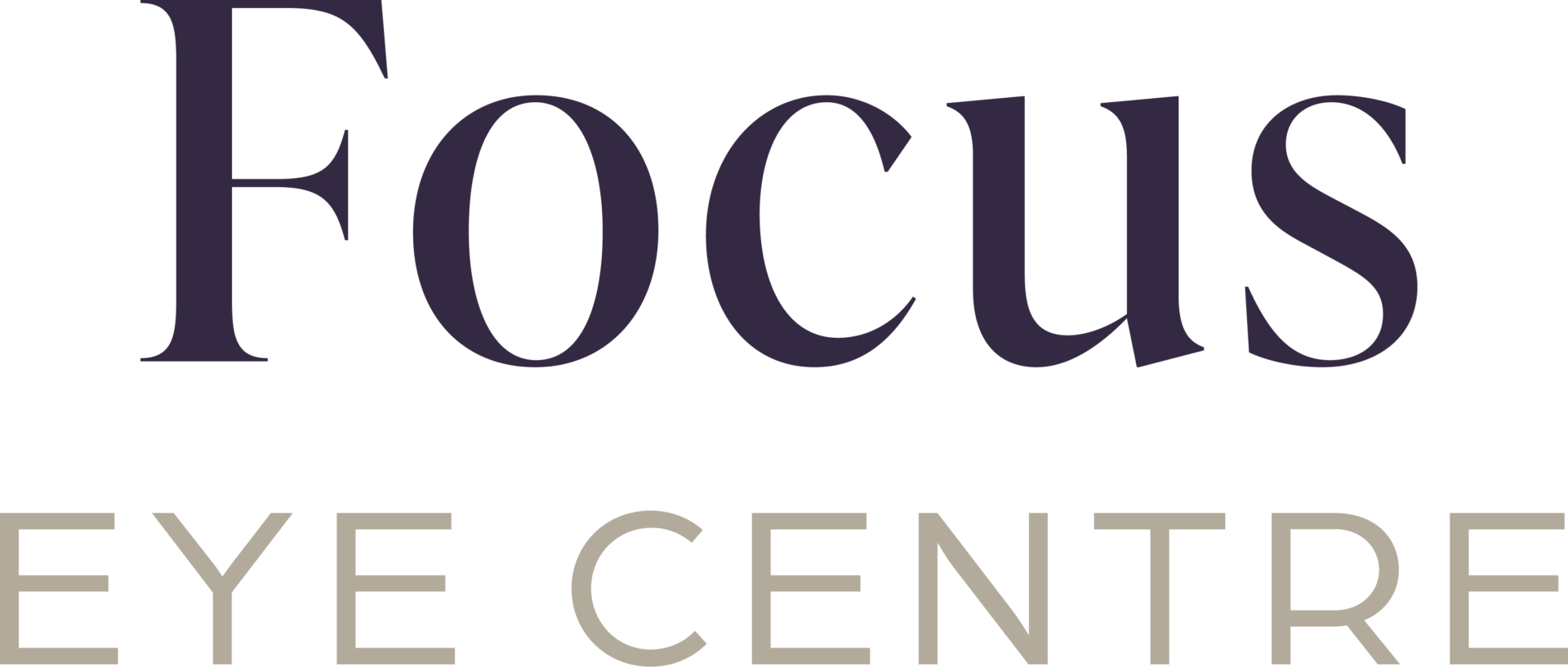
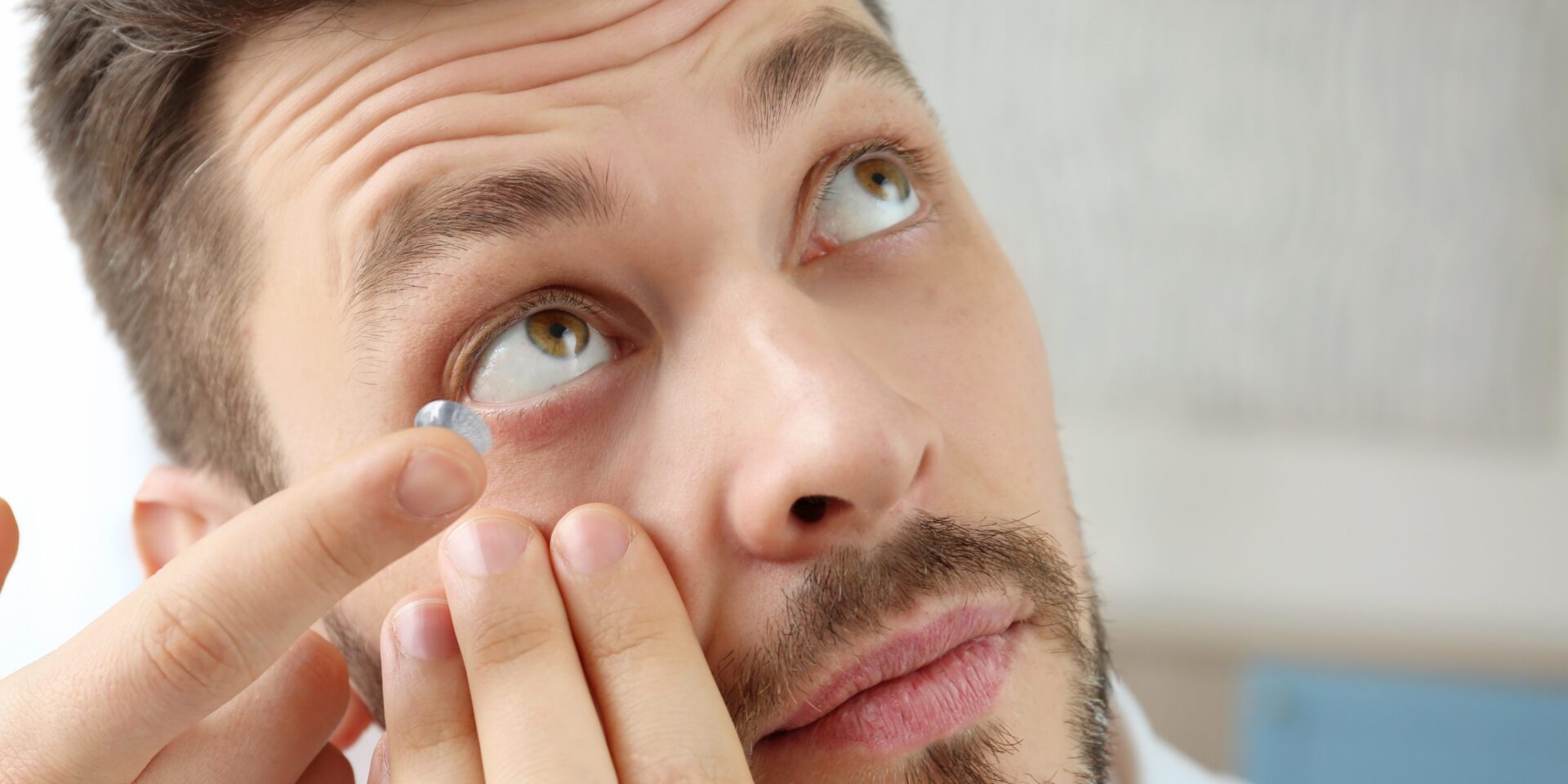


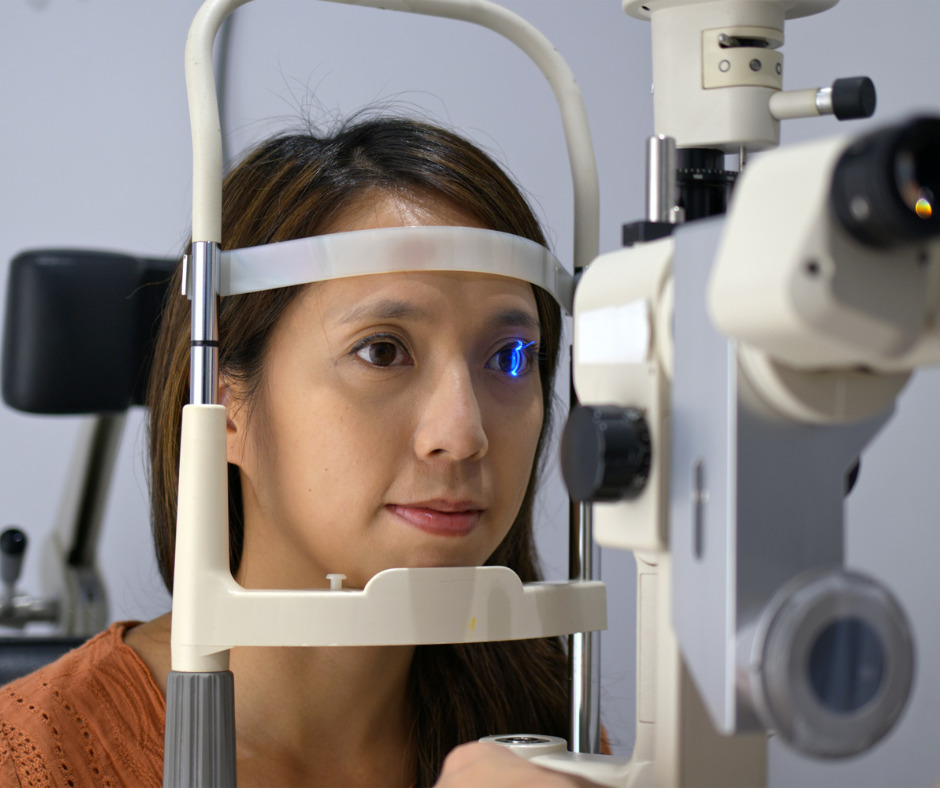
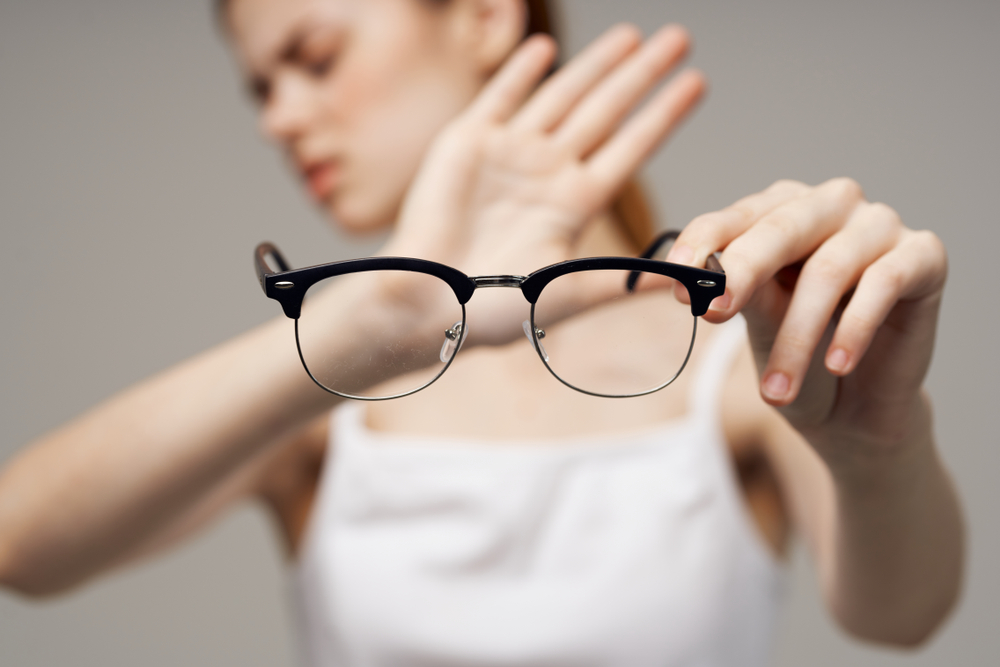




 The Origins of William Morris London
The Origins of William Morris London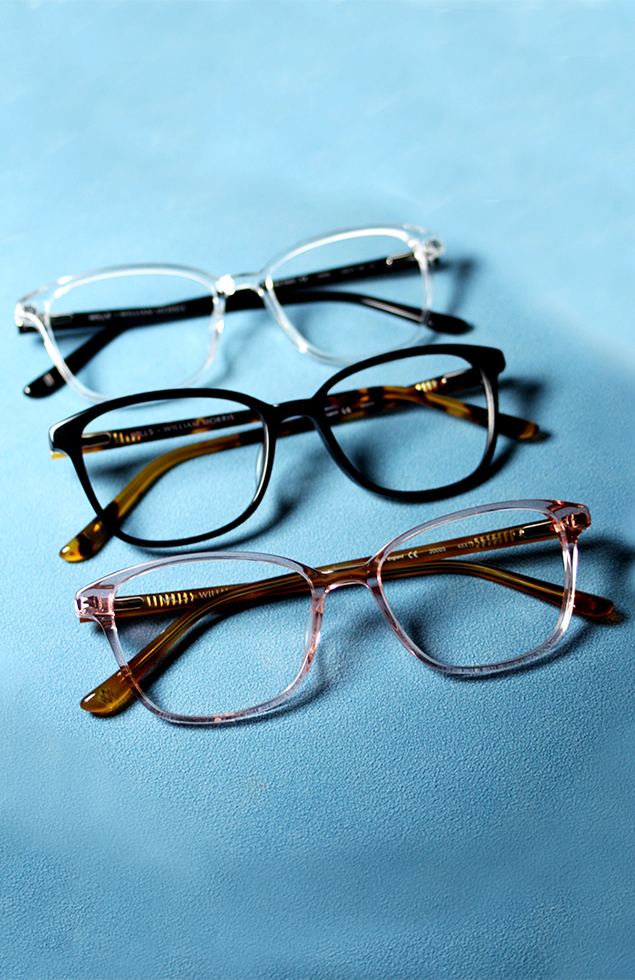 Handmade Perfection
Handmade Perfection
